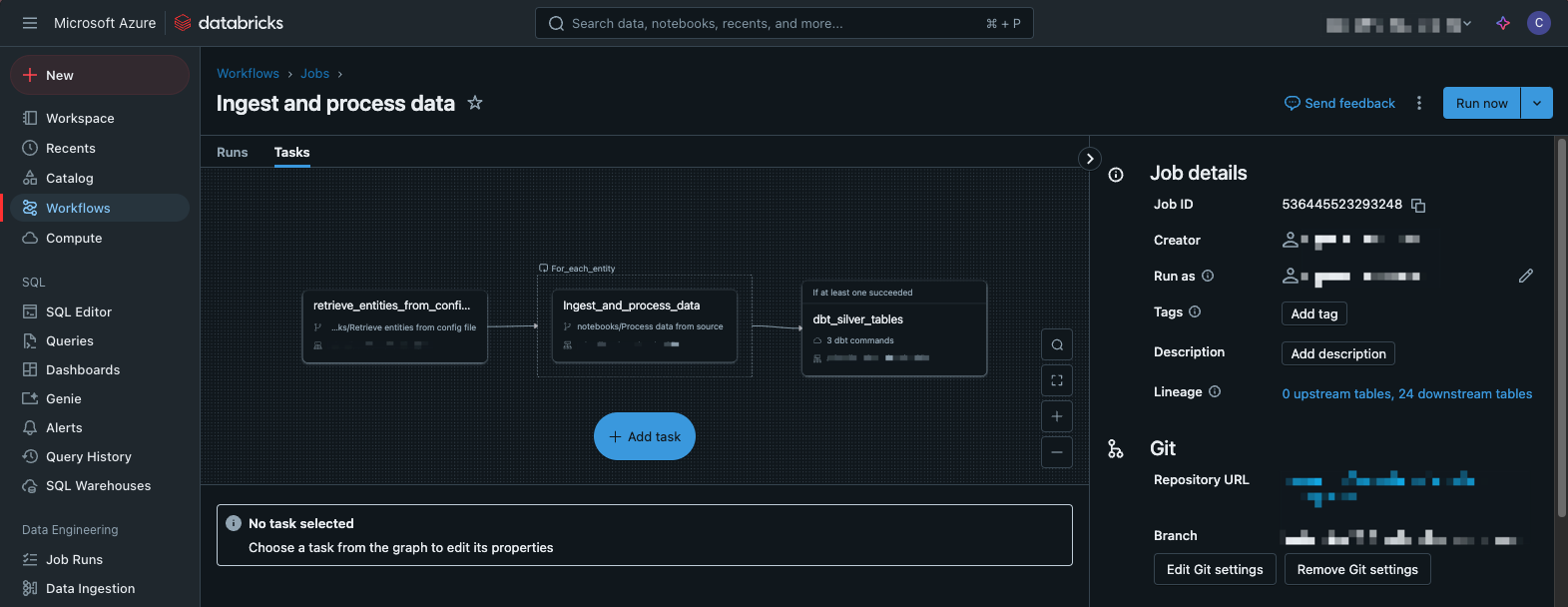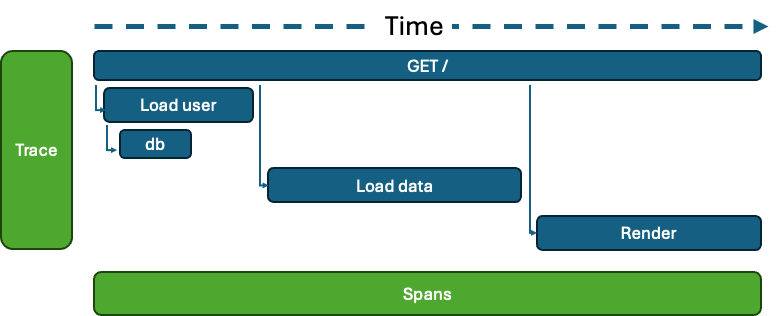Organising assets and access control in MS Fabric
This article is a direct follow up from my previous blog post where I laid out my approach to the Medallion Architecture and how I see it fit in...

There are a lot of platforms both new and old available for managing data at an enterprise scale. When it comes to refreshing the foundation of a modern data and AI strategy, there are a number of considerations. For me, Databricks is the ultimate foundation for uplifting and future-proofing your data platform. Think of it as the LEGO set for your data—flexible, powerful, and always ready to help you create something incredible. Here’s my personal take on why you should consider Databricks for your next platform refresh.
While engineering is a bit of a given in any of these platforms - Databricks’ engineering backbone is what sets it apart. It provides a unified workspace that simplifies data preparation, ETL pipelines, and scalable computing. Whether you’re processing terabytes of IoT data or cleaning up a data swamp, Databricks’ Spark-powered platform can handle it. Its notebook-style interface makes collaboration a breeze, empowering engineers and data scientists to work together seamlessly—all while taking advantage of automated scaling and optimised processing.

DataBricks Workspace
This is new and amazing. One of the latest additions to Databricks’ offering is its AI Apps framework. This feature is a game-changer for teams looking to deploy AI-powered solutions quickly. With support for popular frameworks like Streamlit and Flask, Databricks Apps make it easy to build interactive dashboards, AI applications, or even self-service analytics tools within the existing platform. By abstracting away the complexity of infrastructure, it lets you focus on delivering results, not configuring servers. In short, Databricks is giving us the tools to not just analyse data but make it actionable, moving the opportunity to the data teams as opposed to the traditional restriction of infrastructure and CAB.
A favorite topic of mine, Governance might not be the most exciting topic for most, but Databricks makes it less of a chore, integrated out of the box. With Unity Catalog, you get centralized governance for your data assets, including fine-grained access controls, data masking, and audit logging. Plus, it tracks data lineage—from source to destination—so you always know how your data was transformed and where it’s going. It’s like having a GPS for your data pipelines, ensuring compliance and boosting trust in your insights.

Unity Catalog
Databricks’ cloud-native architecture is another reason to love it. Whether you’re running on Azure, AWS, or Google Cloud, Databricks integrates seamlessly with your cloud provider’s ecosystem. Need to pull in data from Azure Data Lake? Done. Want to spin up a serverless Spark cluster on AWS? Easy. Databricks is designed to make the most of your existing cloud infrastructure while giving you the flexibility to scale as needed, empowering your organisation’s bargaining opportunity by being truly cloud agnostic.
Furthermore, Databricks leverages the inherent strengths of each cloud platform to optimize performance and reliability. On Azure, it seamlessly connects with services like Azure Synapse and Azure Machine Learning, enabling comprehensive data workflows and advanced analytics. On AWS, Databricks integrates with Amazon S3 and AWS Glue, facilitating efficient data storage and ETL processes. For Google Cloud users, Databricks works effortlessly with BigQuery and Google Cloud Storage, ensuring that your data pipelines are both robust and efficient. This deep integration means you can utilize the best tools and services each cloud provider offers without compromising on functionality or performance.
In addition to seamless integrations, Databricks’ cloud-native design ensures that your data infrastructure remains highly available and resilient. By distributing workloads across multiple regions and leveraging the cloud’s global infrastructure, Databricks minimizes downtime and ensures that your data operations can withstand regional outages or spikes in demand. The platform’s automated scaling capabilities also mean that resources are dynamically adjusted based on real-time needs, providing optimal performance during peak times and cost savings during quieter periods. This combination of reliability and efficiency ensures that your data platform remains robust and adaptable, ready to support your organization’s growth and evolving data strategies.
This is a product envisioned and built by academics - for data teams. In a world where data is more valuable than ever, Databricks offers a toolkit to transform raw information into actionable insights. Its solid engineering roots, AI capabilities, and governance tools make it more than just a data platform; it’s a launchpad for innovation. The integrated AI/BI Genie allowing business users to explore and create their own reports from the data they have access to, freeing your teams from BAU response work to focus efforts on strategic data initiatives. Whether you’re solving today’s business problems or preparing for tomorrow’s challenges, Databricks is the foundation you can trust as the roadmap is considered, market leading and consistent.
Choosing the right data platform can feel like a daunting decision, but for me, Databricks makes it easy. It’s versatile, powerful, and, most importantly, built to grow with you. If you are looking to build your house, or even some renovations - these are the only bricks you should consider. I would encourage you to explore their demos and see for yourself.]
Ensure your data infrastructure is ready for tomorrow's challenges with Databricks. Explore our solutions and see how we can help you innovate.

This article is a direct follow up from my previous blog post where I laid out my approach to the Medallion Architecture and how I see it fit in...
.png)
Part 1: install, extensions, virtual env. Part 2: Initial Libraries and Data Import Whew! Data is in, virtual environment is up, and we have executed...

Microsoft has been steadily investing in OpenTelemetry (OTEL), and the latest Azure Monitor and Application Insights SDKs are now built on this...